Flat Head syndrome does not usually cause problems to a baby, however it can have an impact on feeding, increase chance of ear infections, or scoliosis.
To help to prevent flat head syndrome it is important to reposition the baby's head when the baby is sleeping if you notice that the baby always faces one way. Encourage baby to turn the head, so talk to the baby from both side and positioning toys to encourage turning. Babies to be placed on their tummy for short periods of time when awake and supervised. Tummy time is important for your baby's development as it helps to build the muscles your baby needs for sitting and crawling, as well as helping baby to make left to right brain connections important in later life for reading and writing.
Follow NHS guidelines on how safely to do tummy time.
Sometimes a baby may have some stiffness or restriction in the neck or shoulders, or torticollis and will find it difficult to turn the head away from the tightness. This can then lead to the baby always favouring to turn the same way and this can result in the head becoming flat.
Manual therapy such as Craniosacral therapy, osteopathy chiropractics or physiotherapy may be needed to release the tension and gently encourage the repositioning of the cranial bones. The younger the baby is treated the better. Craniosacral therapy gently releases tension from the baby's body which helps head and neck movement and can help with the correct alignment of the cranial bones.
In moderate to servere cases of Flat Head Syndrome Cranial orthosis or helmet therapy is needed.
In rare cases placiocephaly is caused by Craniosynostosis were one or more of the cranial suture between the cranial bones fuse prematurely. It is always best to get the baby checked by a doctor or paediatric trained manual therapist
I see lots of babies in my practice, if you want to discuss your baby please get in touch.




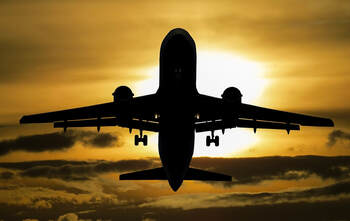
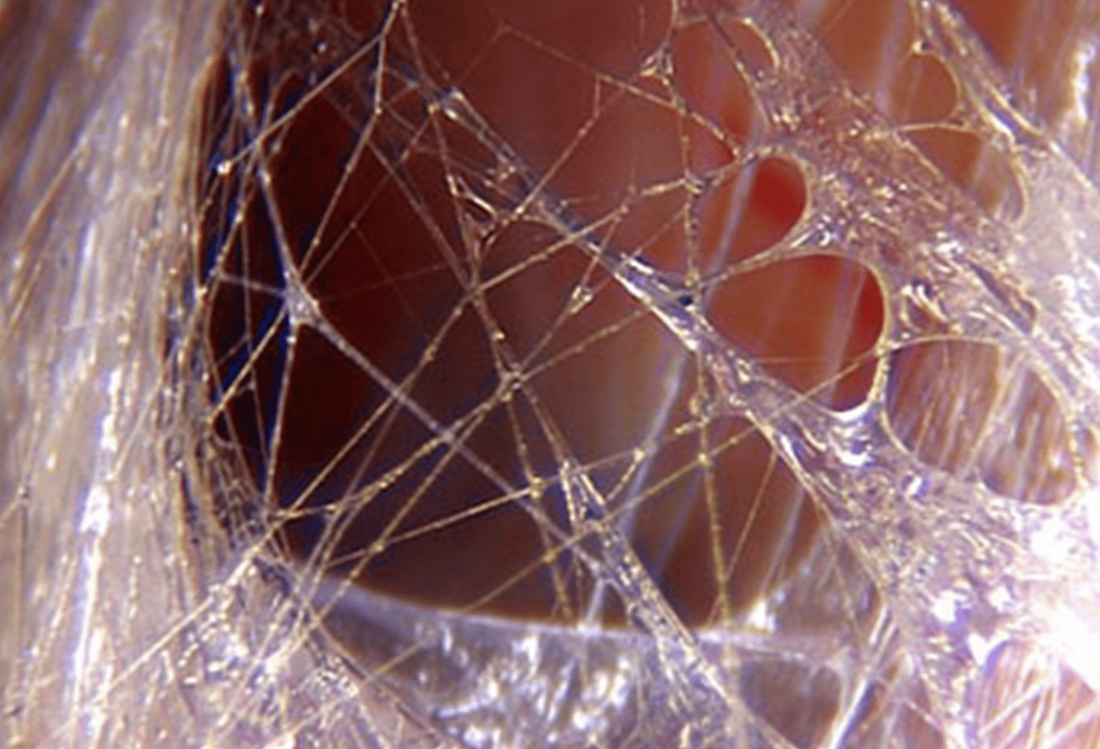
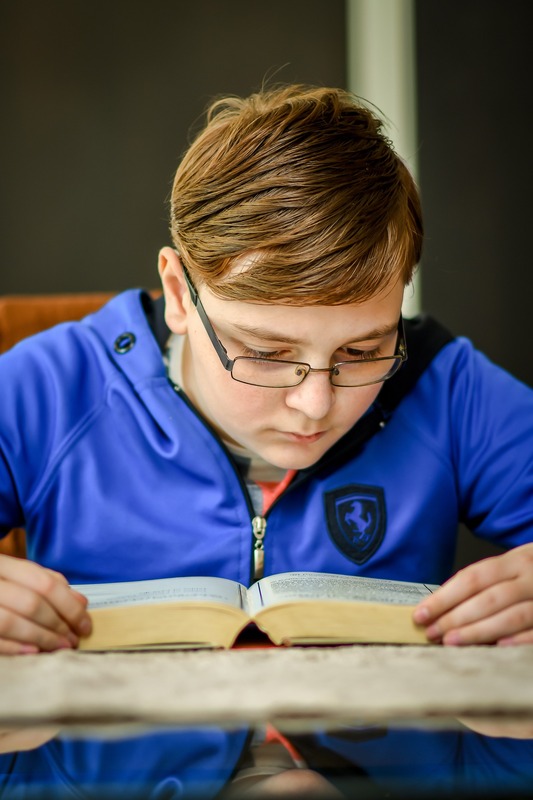
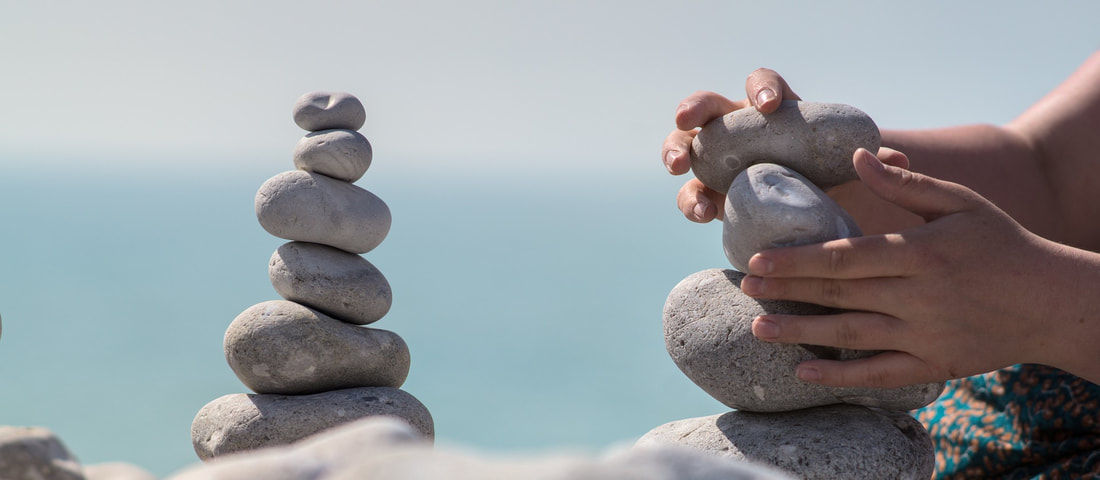
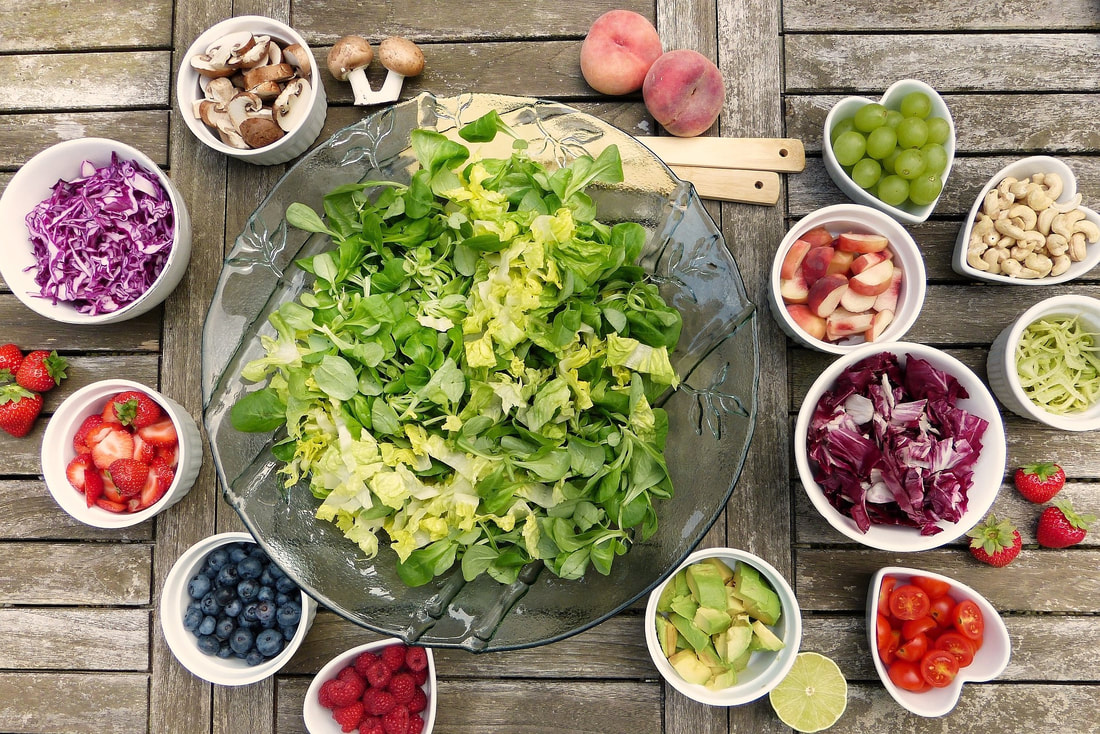
 RSS Feed
RSS Feed